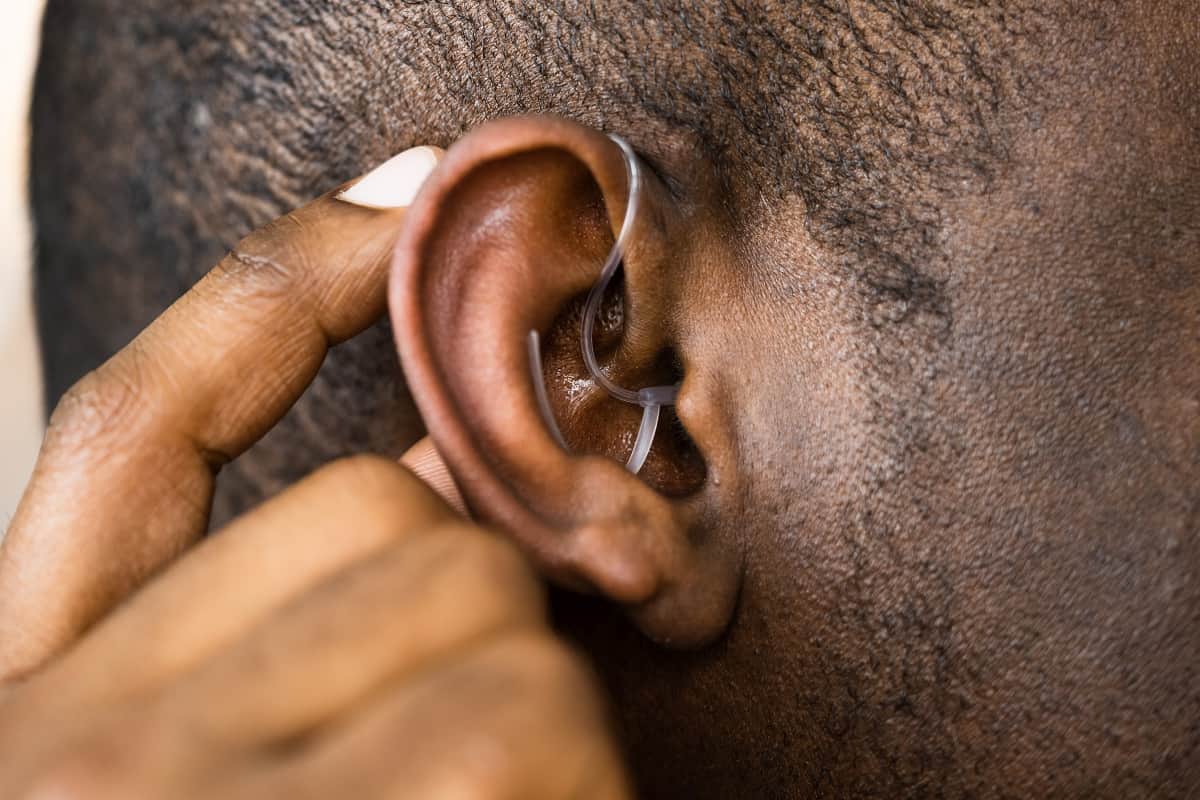- How OAE Testing Unveils Hidden Hearing Loss - April 15, 2025
- What to Expect During Your First Hearing Aid Consultation - March 22, 2025
- Custom Hearing Protection for Safer Listening - March 3, 2025
Hearing loss is a common issue that affects millions of people worldwide, with around 40 million Americans, from infants to the elderly, experiencing some form of hearing loss in one or both ears. For many of these individuals, communication can be a challenge, leading to feelings of frustration and isolation.
Hearing aids can enhance a person’s quality of life and lessen social isolation, according to the National Institute on Deafness and Other Communication Disorders. However, despite this fact, less than 1 in 3 individuals over the age of 70 and only 1 in 6 individuals between the ages of 20 and 69, who could benefit from hearing aids, actually have them.
If you’re looking to invest in a device for hearing loss, continue reading to learn about the key differences between hearing aids and amplifiers to help you make your decision.
What Is a Hearing Aid?
A hearing aid is a Class 1 FDA-regulated medical device that is prescribed and fitted by a hearing professional. It’s important to understand that hearing aids don’t simply amplify all sounds; rather, they selectively amplify only the frequencies that the wearer can no longer hear. This approach helps to protect the frequencies that are still audible and results in a higher-quality hearing experience overall.
By targeting only the critical frequencies, hearing aids make it possible to hear important sounds such as people talking in a meeting while simultaneously filtering out irrelevant background noise. This feature is particularly beneficial in noisy environments, where it can be challenging to distinguish between different sounds. In the end, hearing aids’ selective amplification enhances a user’s capacity for interaction with their environment and communication.
What Is an Amplifier?
Unlike hearing aids, hearing amplifiers (also known as personal sound amplification products, or PSAP) are not Class 1 medical devices and are not subject to regulation. This is because hearing amplifiers are not designed to treat hearing loss but rather to amplify all frequencies equally, including those that the wearer can still hear. This may be an issue because exposure to louder noise can further harm the frequencies that the wearer can still hear.
While some individuals with mild hearing loss may opt to use hearing amplifiers, it’s important to note that they are not a substitute for hearing aids. As there is no FDA regulatory oversight, it is also important to take into account that the quality of hearing amplifiers can vary greatly. This means that the type and brand of hearing amplifier you buy can have a big impact on how effective it is overall.
What Are the Differences between Hearing Aids & Amplifiers?
There are a few key differences between hearing aids and amplifiers, which have been listed above in each individual section, but let’s take a deeper look at two of the key differences that may influence your decision.
Brand/Clinic Support
Hearing amplifiers typically offer limited support from the brands they are purchased from, and in cases where support is available, it’s typically through phone or video communication (which can be an issue if you do have hearing loss) and can vary in quality.
When it comes to purchasing a hearing aid, the process is quite different. A licensed audiologist will work with you to understand your goals and conduct a hearing test. Based on the results, the audiologist will prescribe a personalized hearing aid and adjust it to your comfort level.
Adapting to a new hearing aid doesn’t happen overnight, which is why follow-up appointments are necessary to ensure the hearing aid is functioning correctly and to fine-tune it according to the wearer’s current comfort level. These appointments may be scheduled weekly or monthly, depending on the individual’s specific needs.
Price Difference
Hearing amplifiers are often marketed as a more affordable alternative to hearing aids as they can be thousands of dollars cheaper. However, it’s important to consider that if the device doesn’t effectively address your hearing loss, it may ultimately prove to be a waste of money. What’s more, the overuse of hearing amplifiers can actually further damage your hearing and result in even greater medical expenses down the road.
Hearing loss can also have a significant impact on a person’s earning potential, with studies indicating a potential loss of up to $12,000 per year. Fortunately, using high-quality hearing aids can reduce this effect and possibly cut this number in half. Additionally, depending on your state, hearing aids may be covered by Medicaid and frequently come with financing options, making them a more affordable option for people with limited financial resources.
Should I Use a Hearing Aid or Amplifier?
If you’re experiencing hearing difficulties, it’s important to explore the different options available to improve your hearing. Whether you’re considering hearing aids or hearing amplifiers, seeking guidance from a licensed audiologist can be incredibly helpful. By working with an audiologist, you can be confident that you’re making the right decision for your hearing health. Don’t hesitate to take the first step towards better hearing and schedule an appointment with a licensed audiologist today.

